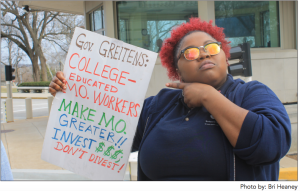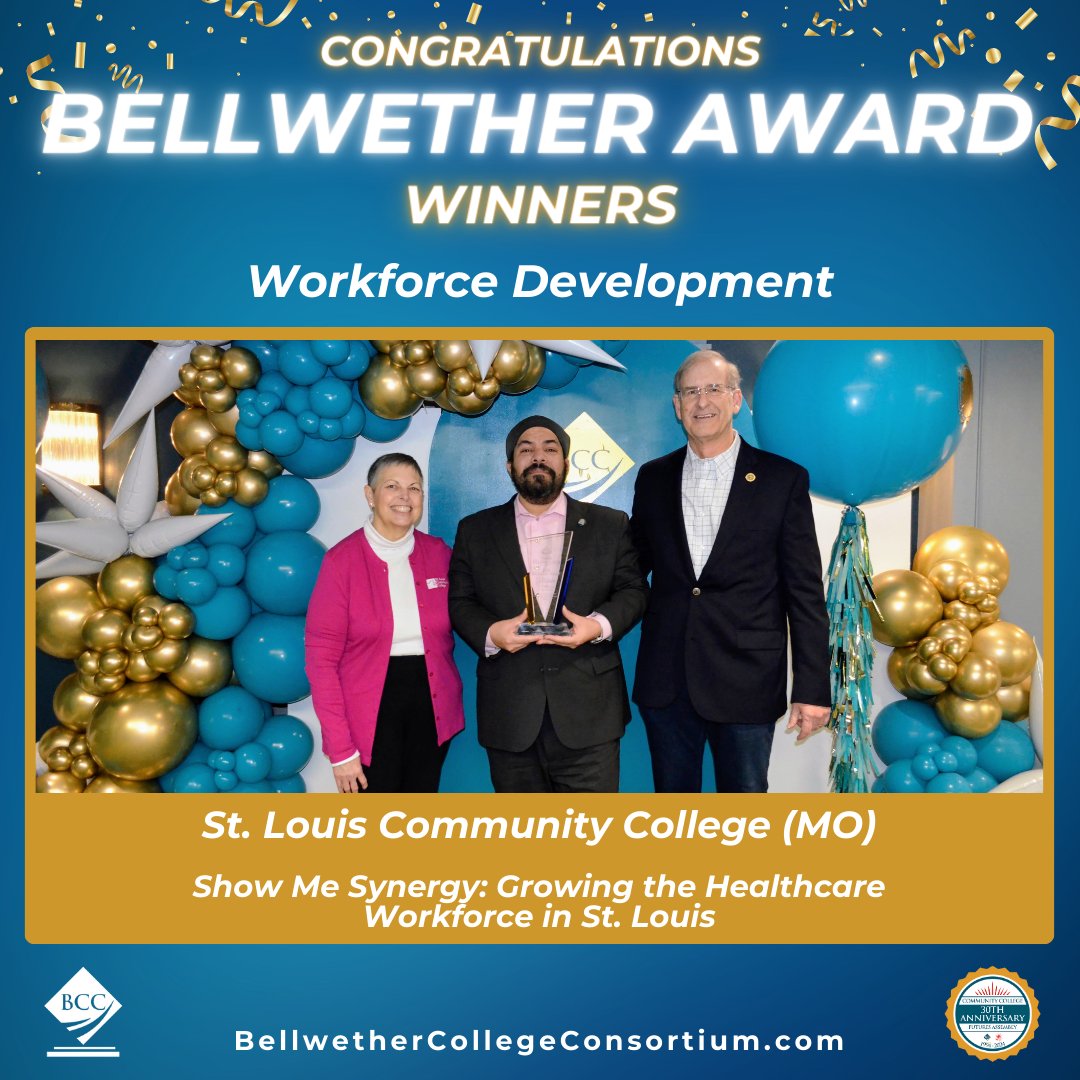Show Me State students show up at the Governor’s mansion
By: Sean E. Thomas
News editor
It is a bit cloudy in Missouri, but the weather is fair. With the temperature hovering around 70 degrees and the wind at a mild breeze, it is shaping up to be a beautiful day. Students and faculty of St. Louis Community College, representing both the St. Louis Community College—Meramec and St. Louis Community College—Florissant Valley campuses, are on their way to Jefferson City to pay a visit to the governor’s mansion. Who invited them? No one. However, they do have some things to get off their chests.
On the heels of budget cuts to higher education in the state of Missouri that some reports have put at around $168 million dollars, it seems appropriate that students who are currently enrolled in state-funded community colleges, and who intend to transfer to state-funded universities, might be concerned.
“To hear that a man whose children will not be affected by this legislation… he doesn’t understand the consequences, the gravity of it, so he’s signing into effect things that don’t affect him,” said Robert “Rocco” Hogan, a student at Meramec and the man with the bullhorn.
Pamela Garvey, a professor of English at Meramec and organizer of the MO Higher Education March, had a bit to add in regards to a governor that some think is making decisions, the consequences of which, will never affect him or his family.
“Every time they cut money to education on any level… it is a threat to democracy, and it serves the oligarchy. The people who can afford to send their children to private schools are not affected by it,” Garvey said.
Also present was Dr. Linda H. Collins, professor of history at Florissant Valley. Collins has a long history associated with the Civil Rights Movement, having had marched in the funeral procession of the late Dr. Martin Luther King, Jr. Collins said that she likes to remind people that Florissant Valley is Ferguson.
Events that took place in Ferguson, Missouri, after the shooting death of Michael Brown by the Ferguson police department, made Ferguson the location for the painful rebirth of the American Civil Rights Movement.
“Protest is not a bad word,” Collins said to her students. “It is the first constitutional right of American citizens to redress their grievances. I wanted the audience [students] to remember that protest is a part of breathing in America, it is our constitution, alive and organic, and nobody is gonna take it away from us.”
It was student government that pushed Collins to be there.
“They said put your money where your mouth is. I would have been a hypocrite had I not [come to protest],” Colllins said.
Each student and faculty member present had their own reasons for being there. Some because they had found motivation from their professors and peers, others, like Hogan, showed up because they felt it was their duty.
“I did it because it’s my obligation to America to protest bad legislation, it’s my job, I have to do it,” Hogan said. “It’s legislation like that, that slips through the cracks because everyone is speaking so loudly, you just have to pay attention to what’s going on around you. I urge you to get mad.”
There are some citizens in Missouri who feel that instead of cutting funding to higher education to remedy the state’s dire financial situation, wthe state should stop giving tax incentives to multi- state corporations.
“Corporate interests are more important than the education of the children of your state,” Ho- gan said into the bullhorn as he hung from the fence surrounding the governor’s mansion.
“They try to dumb St. Louis and Missouri down sometimes. There’s a lot of talent here but if you don’t give them the opportunity to be where they want to be, then what,” asked Scott Pope, a student at Florissant Valley and president of the Veteran’s Club.
Dr. Emily Neal, a professor of political science at Meramec was also in attendance.
With February being Black History Month, it is no wonder that some might begin to draw parallels be- tween the protests then and now.
“Much of democratic organizing and what we do today, we borrowed from the leaders of the past. For example, having an aware- ness raising march, that goes back to the civil rights struggle. …When you look at a lot of these different protests we’ve seen in the region, what I’ve noticed at every single one, is that the BLM [Black Lives Mat- ter] protestors are turning out for the Muslim commmnity, they’re turning out for higher education, they’re turning out for civil rights, and I think that really demonstrates the need for a sort of intersectional approach to justice. This notion that if any one of us is being treated unfairly that it’s a disservice to everybody,” Neal said.
Garvey asked students to grab the bullhorn and let Gov.Eric Greitens know how they felt.
“As it is right now, I can’t even afford college without financial aid.With them [cutting funding] to higher education, I probably won’t be able to continue going to college,” said Shea Trigg, a student at Florissant Valley











